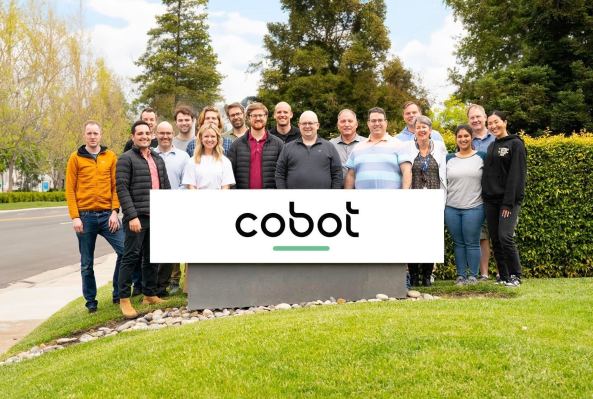ARTICLE AD

Humanoids have sucked a lot of the air out of the room. It is, after all, a lot easier to generate press for robots that look and move like humans. Ultimately, however, both the efficacy and scalability of such designs have yet to be proven out. For a while now, Collaborative Robotics founder Brad Porter has eschewed robots that look like people. Machines that can potentially reason like people, however, is another thing entirely.
As the two-year-old startup’s name implies, Collaborative Robotics (Cobot for short) is interested in the ways in which humans and robots will collaborate, moving forward. The company has yet to unveil its system, though last year, Porter told me that the “novel cobot” system is neither humanoid nor a mobile manipulator mounted to the back of an autonomous mobile robot (AMR).
The system has, however, begun to be deployed in select sites.
“Getting our first robots in the field earlier this year, coupled with today’s investment, are major milestones as we bring cobots with human-level capability into the industries of today,” Porter says. “We see a virtuous cycle where more robots in the field lead to improved AI and a more cost-effective supply chain.”
Further deployment will be helped along by a fresh $100 million Series B, led by General Catalyst and featuring Bison Ventures, Industry Ventures and Lux Capital. That brings the Bay Area firm’s total funding up to $140 million. General Catalyst’s Teresa Carlson is also joining the company in an advisory role.
Cobot has the pedigree, as well, with staff that includes former Apple, Meta, Google, Microsoft, NASA and Waymo employees. Porter himself spent more than 13 years at Amazon. When his run with the company ended in summer 2020, he was leading the retail giant’s industrial robotics team.
Amazon became one of the world’s top drivers and consumer of industrial robotics during that time, and the company’s now ubiquitous AMRs stand as a testament to the efficiency of pairing human and robot workers together.
AI will, naturally, be foundational to the company’s promise of “human problem solving,” while the move away from the humanoid form factor is a bid, in part, to reduce the cost of entry for deploying these systems.

 9 months ago
50
9 months ago
50 

